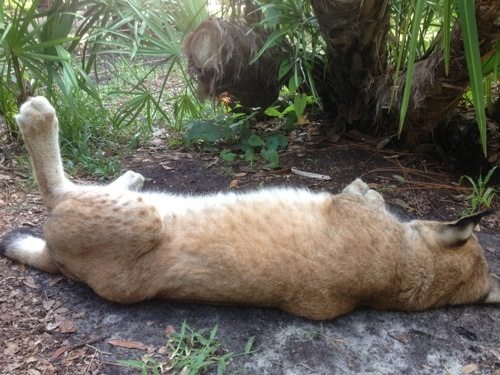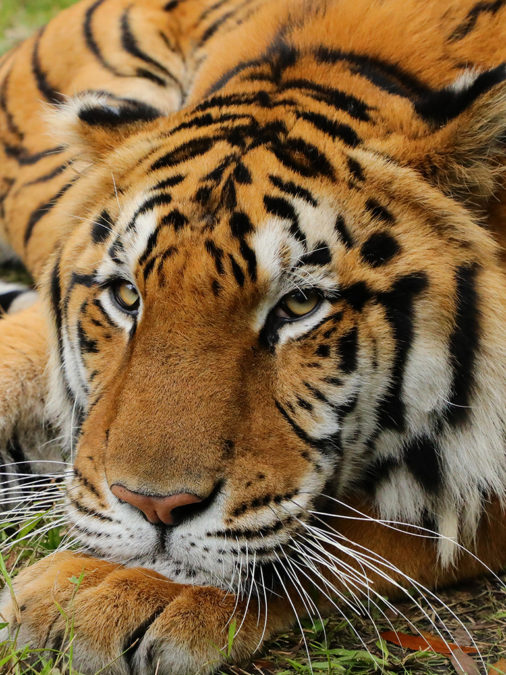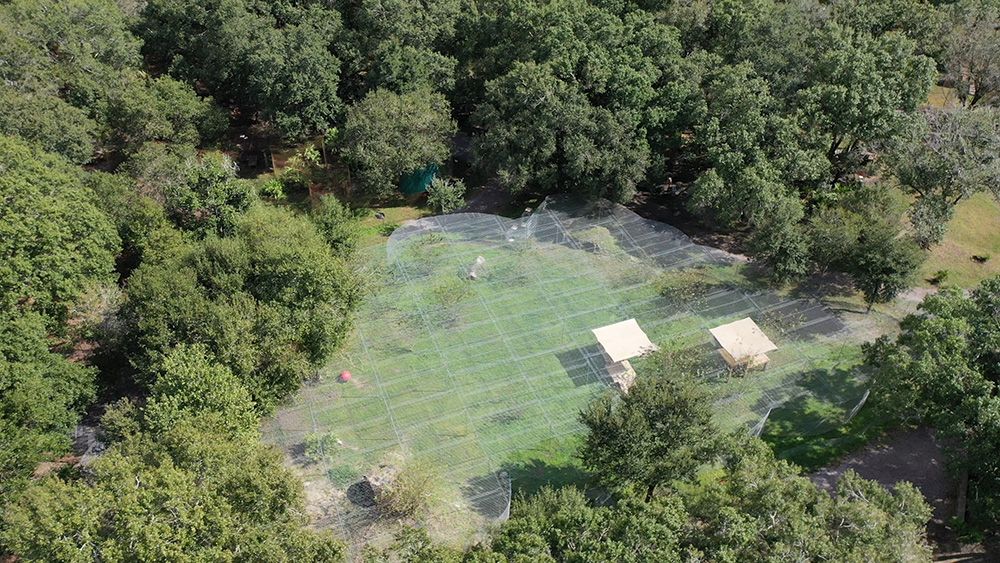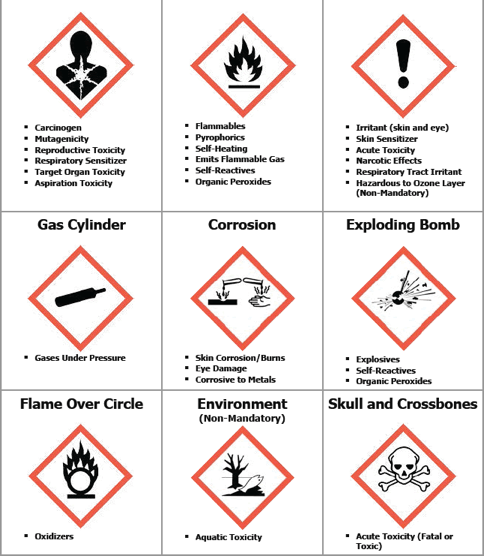CPR
ARTIFICIAL RESPIRATION & HEART MASSAGE
If the cat has stopped breathing and the heart has stopped beating there are two methods of resuscitation. Chest compression stimulates the heart to beat and if done correctly, can force air in and out of the lungs. If you cannot hear the intake and exhale of air, you should add mouth to nose forced respiration.
1. Feel for the heartbeat and watch closely to see if the chest is moving.
2. Open the mouth, wipe away fluids and check for something stuck in the mouth. If there is something stuck too far down use the Heimlich Maneuver, by laying the cat down on his right side. Place one hand on the belly and one on the back, just behind the back rib and exert four quick thrust. Repeat until the object is dislodged.
3. Lay the cat down on a flat surface with his right side down.
4. Pinch the cat with one hand, from the belly side, just behind the elbows and squeeze the chest sharply from side to side. Release quickly. Repeat six times and then wait five seconds to see if he takes a breath. Repeat until the cat begins breathing on his own.
5. If this is not causing the cat to breathe, pull his tongue forward and hold his mouth shut . Be careful not to pierce his tongue with his teeth.
6. Place your mouth over the cat’s nose and blow in until the chest rises, then release to allow the air back out. Do not blow too hard or the lungs could burst. Continue with the heart massage and blowing in the nose until the cat is breathing on his own or until all life signs have stopped for over five minutes.
This procedure can be used even on stillborn kittens with great success.
Prevention being the best remedy, you should know that some causes of a cessation of life signs are:
· Coma
· Head Injury
· Poisoning
· Electric Shock
· Shock
· Choking
· Sudden Death
Don’t leave electrical cords plugged in or exposed. Don’t allow your cat to play with things that could be chewed up and choked on. Don’t allow your cat in contact with insecticides or toxins. They will chew through the bottle to get to something that will hurt them. Don’t allow your cat into an area from which he can escape, and make sure all of the exits from your home or his cage have safety entrances installed. If you can keep him safe from all of the above, the time will still come when he will find that window of opportunity to get into trouble, but you can limit his exposure to risk.
Note: I am not a veterinarian. Please consult a licensed veterinarian for the care of your exotic cat.
Note: I am not a medical doctor. Please consult a professional for human first aid.







